MR2 or Fiero? Choose your mid-engine ’80s fighter … while it’s cheap
Want a better understanding of what’s driving collector-car values? Sign up for the Hagerty Insider newsletter.
Today, the terms “mid-engine sports car” and “affordable” aren’t terribly compatible. Sure, the Corvette Stingray is a fantastic bargain relative to its peers, and the Porsche Cayman is an absolute delight, but they’re still a big reach for the average enthusiast. However, for a brief time in the 1980s, there were multiple mid-engine cars in the North American market that were legitimately affordable.
The 1970s brought the mid-engine platform from racing to the road, most notably with exotics from Italy, like Lamborghini’s Miura and Countach and Ferrari’s 512 BB. More affordable options came to the masses with the likes of the Fiat X1/9. It wasn’t until the ’80s, though, that major players in the U.S. market got in on the act.
The Pontiac Fiero debuted in 1984 to much acclaim, and the Toyota MR2 joined the U.S. market a year later. These were both mainstream brands that primarily churned out more staid layouts—front-engined, front- and rear-wheel-drive cars aimed toward everyday transportation. Sure, Pontiac and Toyota had their existing sporty models, but the fact that the MR2 and Fiero were so radically different from their respective stablemates is why we’re still talking about them today.
Prices for both models are creeping up, and today, buyers will pay a premium to relive some of that mid-priced, mid-engine magic, especially for the most desirable versions.
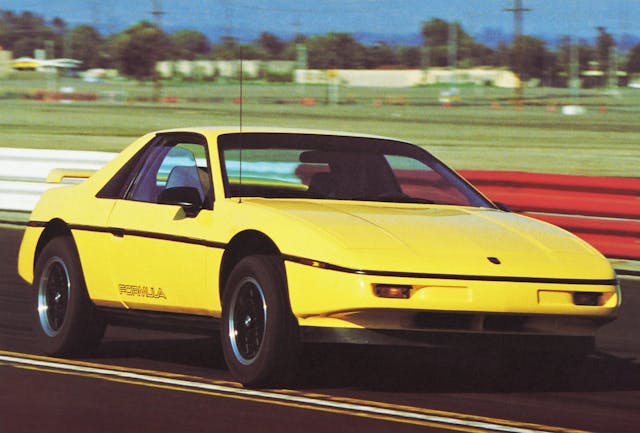
Our own Jason Cammisa’s dive into the Fiero’s origins is definitely worth watching. The basics: GM brass gave Fiero the green light based on the assumption that it would be an economical commuter. As a result, Pontiac borrowed heavily from GM’s parts bin to keep costs low. Cribbing the front suspension from GM’s compact RWD Chevette and repurposing the front suspension of GM’s front-drive Chevy Citation/Pontiac Phoenix for the rear, the Fiero’s underpinnings might have saved money, but the car’s performance didn’t match its eye-catching styling.
Unfortunately, the Fiero never received the powertrain it deserved. The 2.5-liter Iron Duke was the car’s sole powerplant at its launch. Known for dogged reliability and simplicity, it was a 92-hp economy-car engine that fit the Fiero’s stated mission, if not its looks. The 2.8-liter V-6 that became optional with the GT model in 1985 was significantly more powerful, with 140 hp, but still hardly the stuff of sports-car dreams.
Despite its lackluster powerplants, the Fiero managed to be fun. It was compact, rigid, and relatively lightweight (around 2600 pounds), and Pontiac made tweaks every year to incrementally improve it. The GT model, along with its improved power, brought wider tires and, for 1986, a new pseudo-fastback look. A five-speed manual transmission made its debut in June of that year as well.
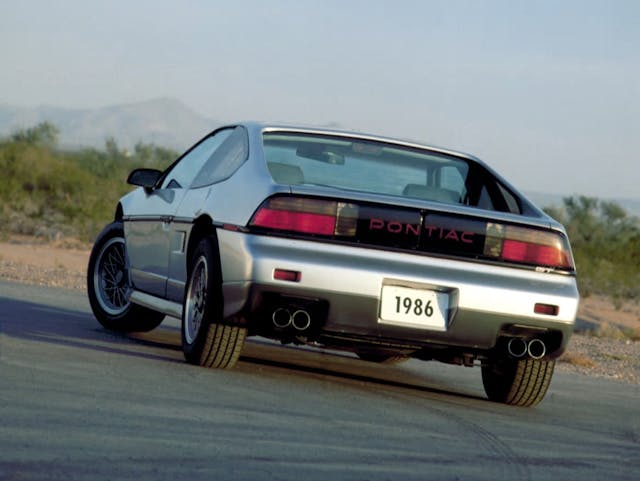
The Fiero’s steel spaceframe construction and fiber-reinforced plastic body panels made styling updates a breeze for Pontiac and also contributed to the Fiero’s popularity as a donor vehicle for faux-exotic kit cars of the era. Pontiac dealers even got in on the action by selling the Mera, a Ferrari 308 clone made using a new Fiero, in 1987 and 1988.
The Fiero sold incredibly well at launch, but sales tapered as the years went on, even as Pontiac added power and introduced the sporty GT fastback. The final year of Fiero production, 1988, saw its lowest sales despite the car finally receiving the improved suspension it needed to live up to its sporty looks. A second-generation Fiero was planned, and a prototype was built, but the sagging sales numbers spelled Fiero’s end.

While the Fiero was an economy car that would look and eventually drive like a sports car, Toyota’s MR2 was a sports car that happened to deliver good fuel economy.
Toyota offered the public a peek at its mid-engine intent when it showed the SW-3 concept in 1983, and it introduced the MR2 in North America in early 1985. The entry price, including destination, was $11,195—about $31,000 in today’s dollars. The MR2 reaped praise for its sharp handling, crisp-shifting five-speed gearbox, and finely constructed, 1.6-liter, 112-hp powerplant.
In other words, the MR2 delivered the driving experience that its looks promised. Several buff books placed the MR2 into their various “best of” lists, including Car and Driver (10Best) and Motor Trend (Import Car of the Year).
The MR2 received an engine upgrade partway through its first generation: the addition of an intercooled supercharger. That boosted the little 1.6-liter to a peppy 145 horses. Though available to Japanese buyers in 1986, Americans had to wait until 1988. Enthusiasts got just one angular body style on the MR2, but Toyota made yearly changes to make aero bits, trim, and mirrors match the body color, bit by bit. Time has been kind to the MR2’s design—it’s basically a rolling representation of how we like to remember the 1980s.
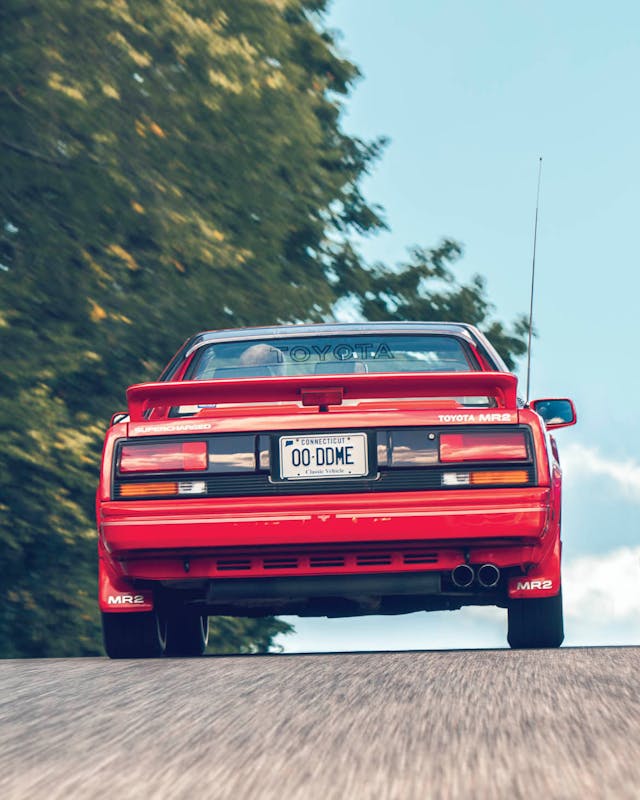
For collectors, the supercharged version of the MR2 is the most desirable, with the average #2 (Excellent) condition value of a boosted model coming in at $31,200. That’s 44 percent higher than their naturally aspirated counterparts in #2 (Excellent) condition at $21,700. Even more impressive, it’s a 161 percent increase compared to its value just five years ago. In addition to rising interest for the MR2 on the model’s own merits, the rise of the Japanese segment as a whole may well be a contributing factor to MR2 values’ steep growth.
Fieros have been on the march too, just not to the same degree. Five years ago, values for 1988 GTs, the most desirable model, were similar to those of its supercharged Toyota counterpart. Today they’re up 50 percent, with #2 (Excellent) models coming in at $19,600.
That’s a 58 percent premium over the mechanically similar 1988 Formula at $12,400 for #2 (Excellent) condition. Other desirable Fiero models include the 1984 Indy Pace Car, the most valuable Fiero powered by the 92-hp Iron Duke.
Our insurance data suggests that these cars have a solid future, as younger buyers are interested in both of them. Sixty-five percent of the people who called us last year for an insurance quote on a Fiero were Gen X or younger (compared to that generation’s 61 percent market share for all enthusiast vehicles). The overall number of insurance quotes for Fieros grew faster than the collector car market as a whole in 2021–2.
The news for the MR2 is similarly optimistic. For the 1984–9 Toyota MR2, the share of quotes from Gen X and younger in 2022 was 82 percent, and interest is also outpacing the growth of the market as a whole. However, based on sheer volume of quotes, the Fiero is nearly three times more popular than the MR2.
That popularity shouldn’t come as a surprise. In the North American market, Pontiac sold 136,840 Fieros in 1984 alone. That’s more than Toyota’s entire run of the first two MR2 generations through 1995. In this foray into affordable, mid-engine runabouts, the Fiero emerged victorious in the battle of ’80s mid-engine coupes by sheer volume.
However, the relatively rarer MR2, the more fully developed sports car from the get-go, brings in higher prices. And since the MR2 survived long enough to fight on in the ’90s, you might also say it won the war.
***
Check out the Hagerty Media homepage so you don’t miss a single story, or better yet, bookmark it. To get our best stories delivered right to your inbox, subscribe to our newsletters.
Via Hagerty Insider
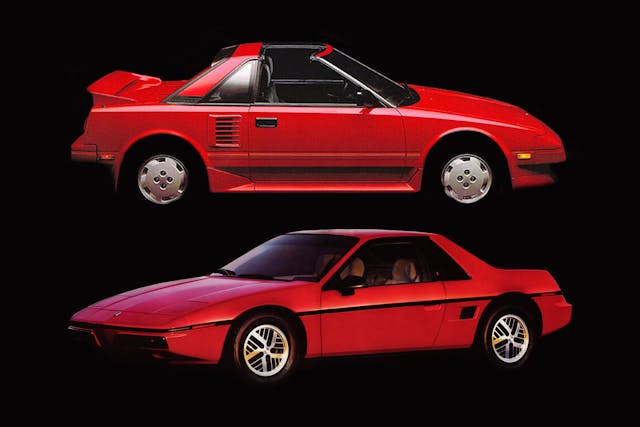
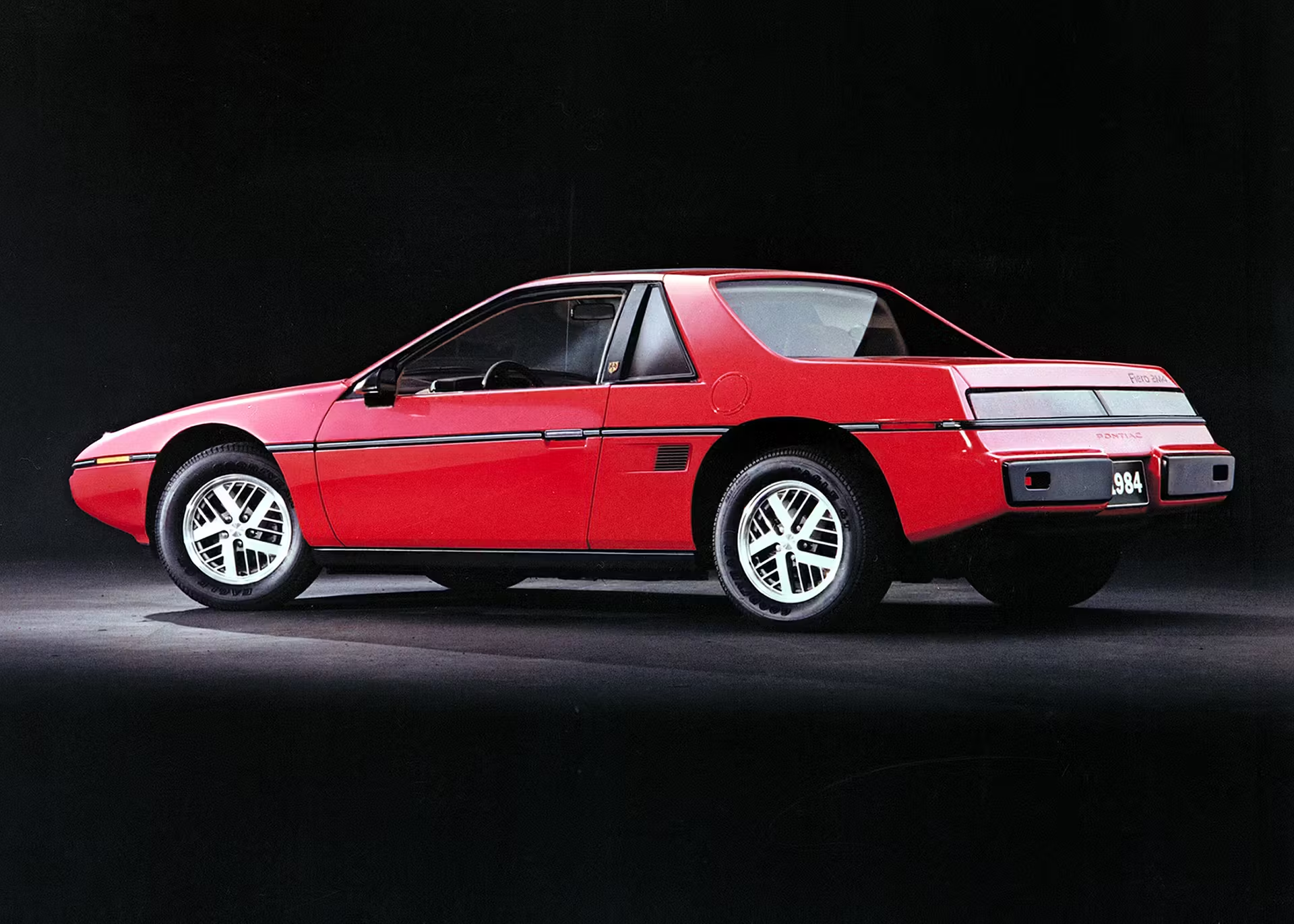






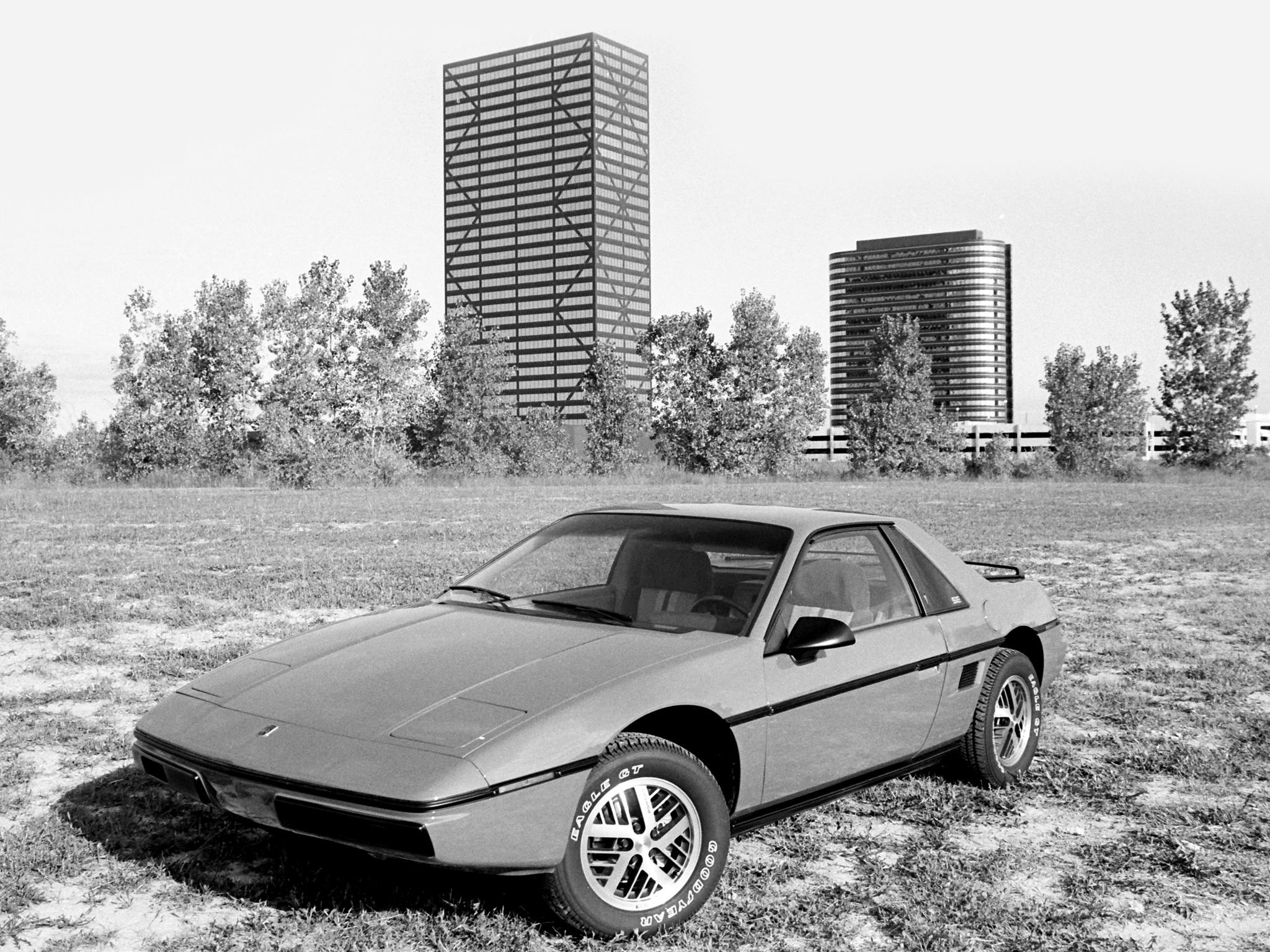

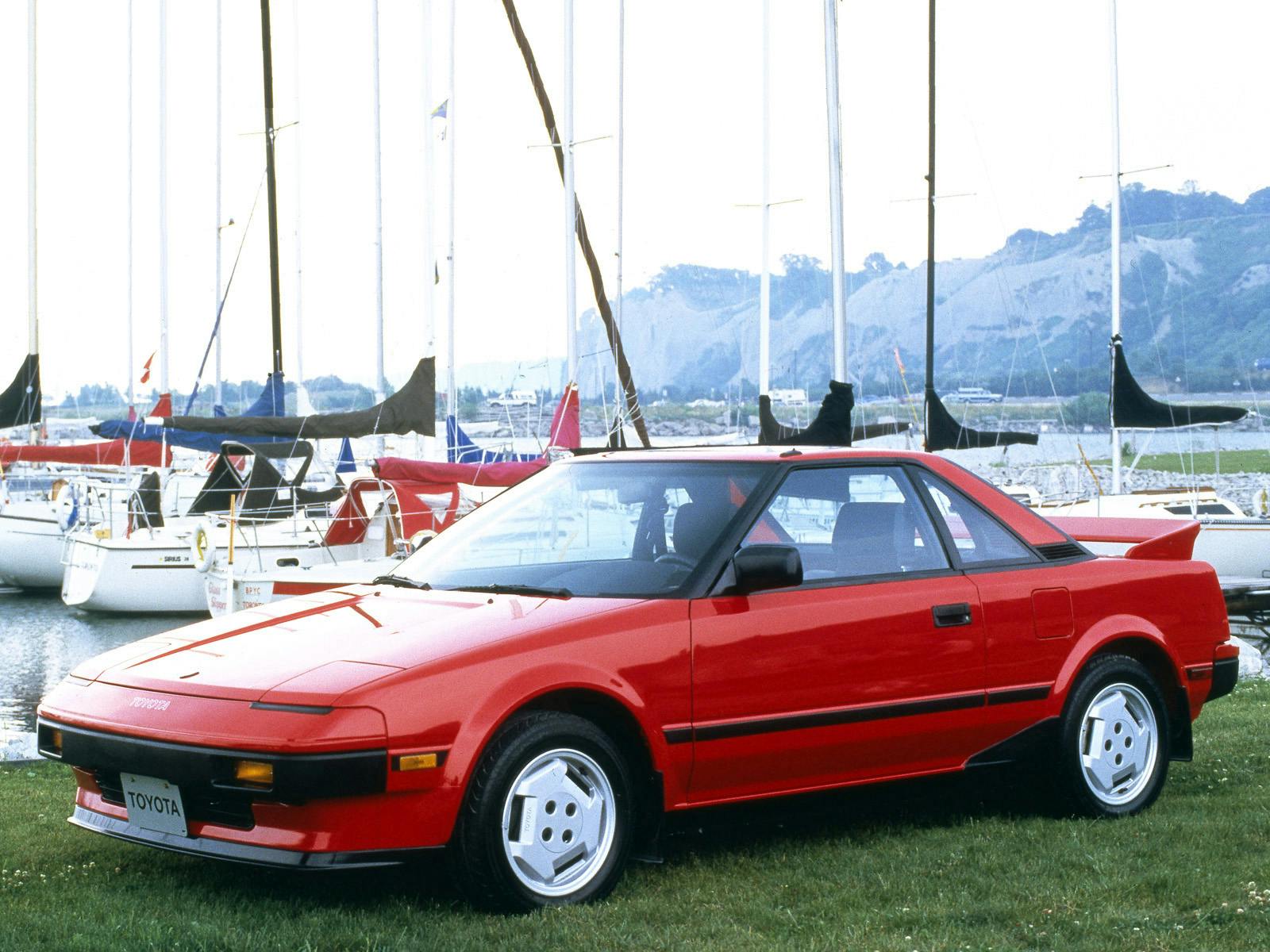

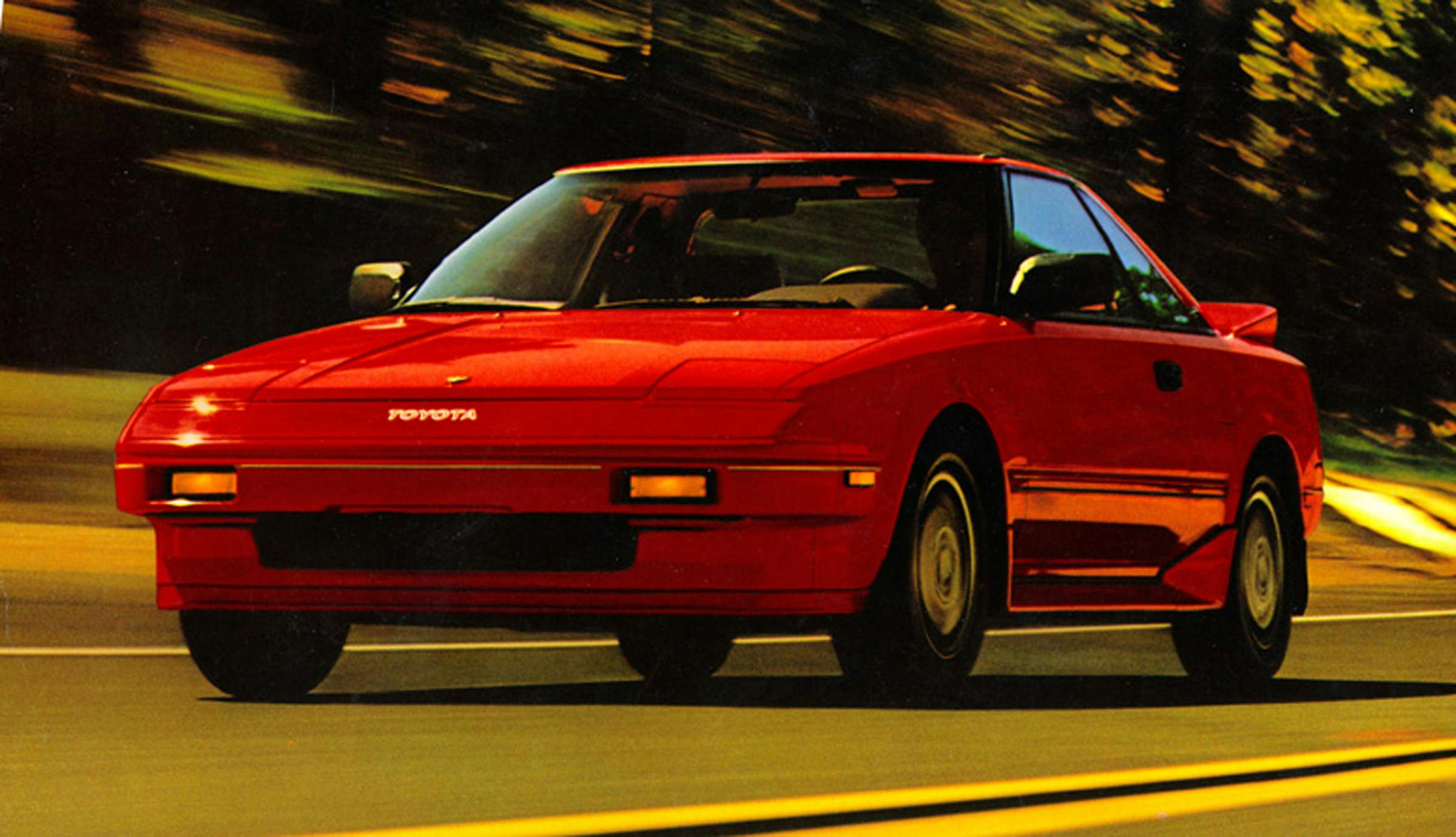
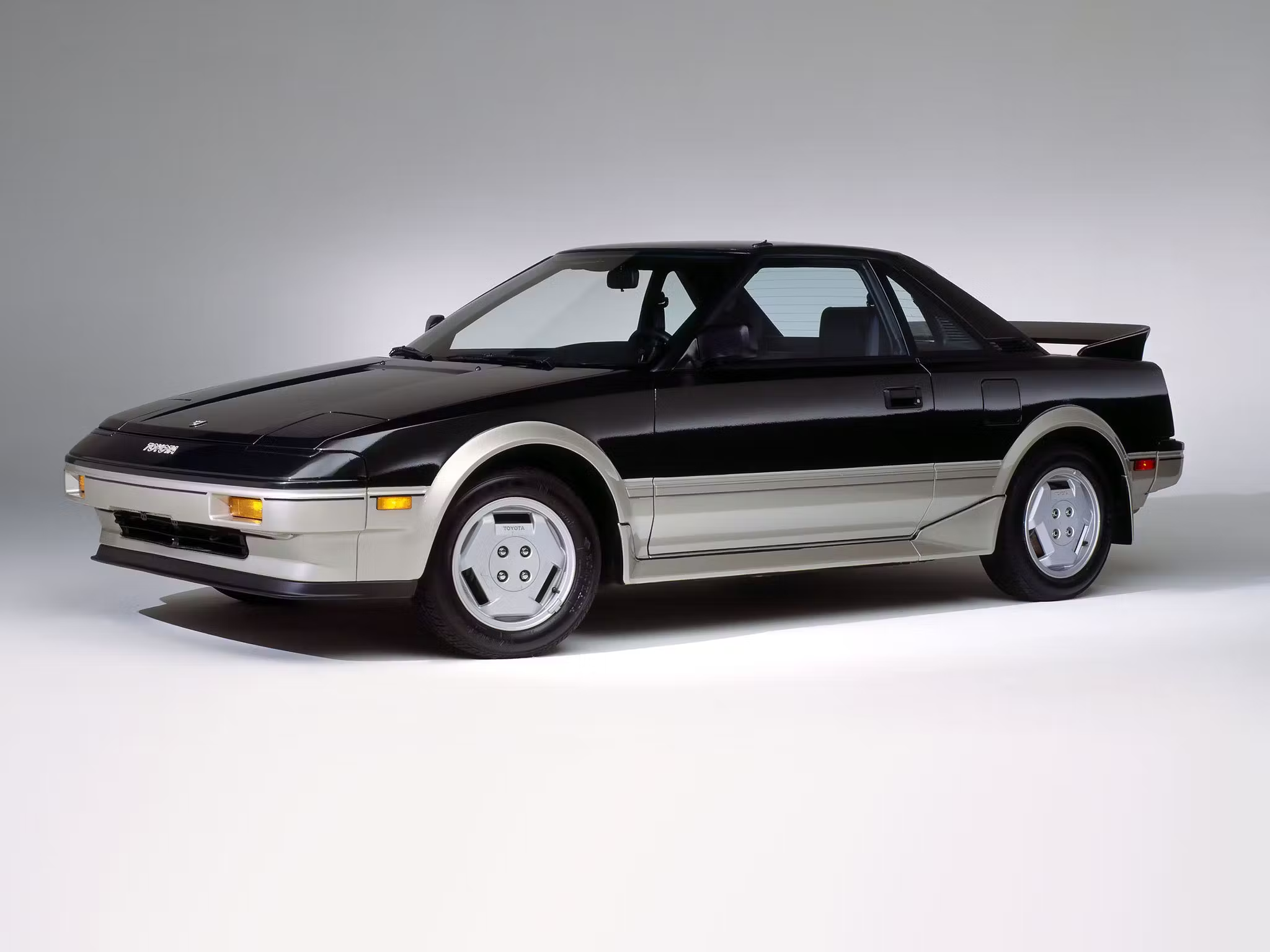


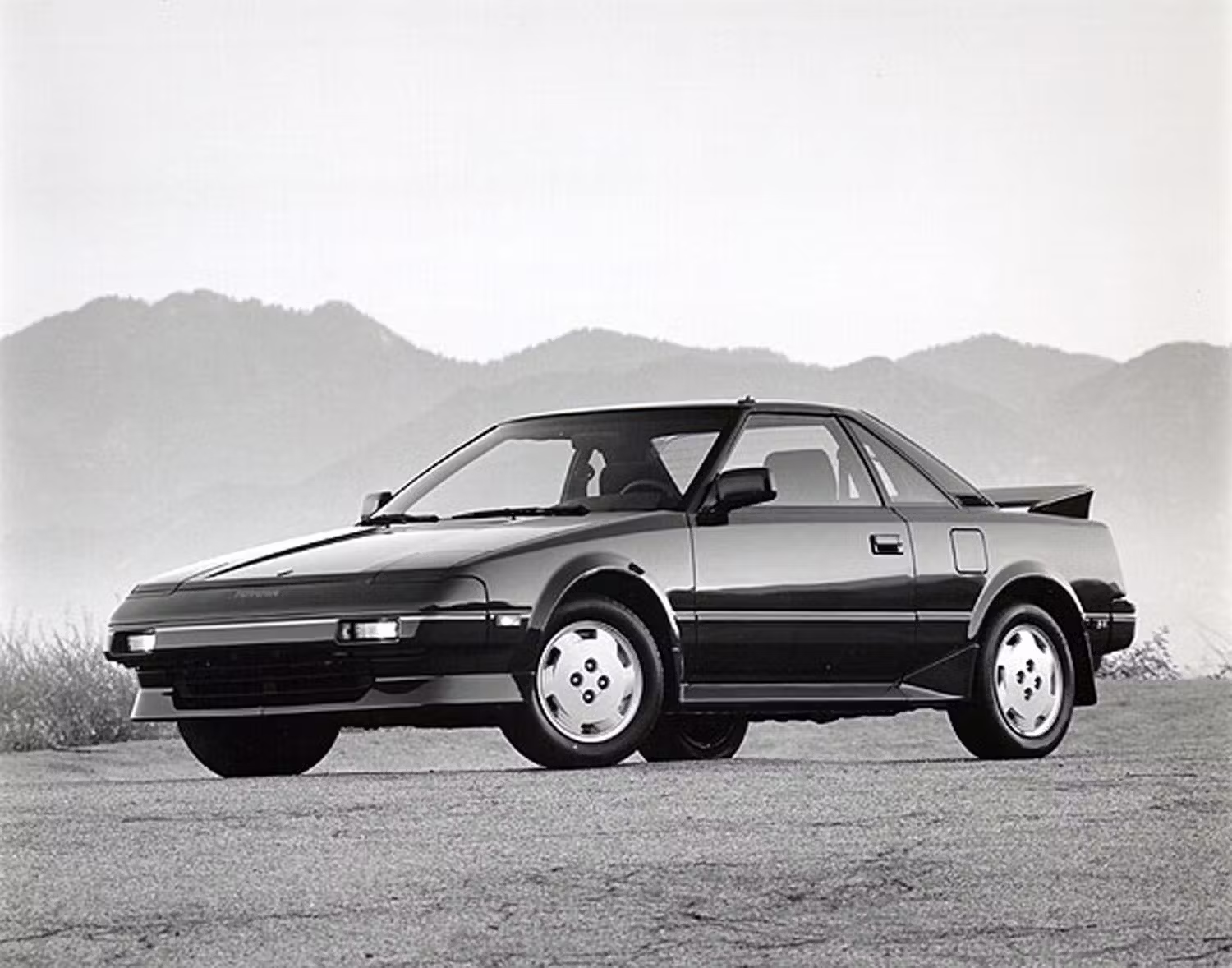


They might not be little but they were sporty; talking about the Lincoln Mark VII’s. Fast, comfy, reliable and high quality!
Neither the Mr.2 or the Fiero.
A 1986 GLHS would mop the floor with both of those turds.
If you can find one Most are gone. My buddy had one and it was fast but never could keep the engine together. The head gaskets blew often. Needed O ringed.
2 of the ugliest cars ever………………………………
Do you like today’s jelly beans better.
Give me a wedge over a jelly bean, any day!
Guess you missed the 1992-96 Corvette C4s. Much easier to find parts for – and way more power with the LT-1 V8 Engine as well.
I’ll take the Fiero. I’ve had two, one an ’88 that got run over by an F-250 (But kept me and my passenger safe), and my current ’84. Great cars. The cars are still a huge amount of fun with the Iron Duke, the suspension on the ’84 is still pretty solid and you get lots of attention anywhere you go. Lots of space in the interior too.
The 2.5s and 2.8s in the Fiero are both darn near bulletproof and parts availability, both new and used, is better than most cars from the 80s.
And now for something completely different……how about an MGF? They are fairly cheap right now and legal to import into the States being over 25 years old. Here in Canada they were legally imported after 15 years and I have had my ’96 MGF for about six years, and I love it. Sure it has a fair bit of plastic but what doesn’t. Parts are not a huge problem unless you want them yesterday. I have ordered bits from England on a Monday and they were at my door by the end of the week, remarkable. Not too bad price wise either, but the exchange and shipping does run it up a bit. I guess that is just the price you pay for something different.
While I know it’s not in the 1980’s category, the Toyota MR2 Spyder is also a really fun to drive, mid engine, affordable sports car – and a droptop to boot! Sold in the USA from 2000 to 2005…I’d prefer a 5 speed manual example.
Fiat X1/9 should get more copy than the brief shout-out in paragraph 2. Fiat was a player in the 70’s and 80’s.
Never see them anymore. A local had one with the optional wagon hatch. Novel car but not really in the same class.
The real issue with them has been Fiat was gone by the time these two came out. Many physically were gone too. Betone carried on in a very limited degree selling them after.
The MR2 was pretty low volume but the X/19 was vastly more limited.
The Fiero sold something like 360,000 units and many are still around today hiding in garages everywhere.
I want theMR2 l use have 2 in the past and still want them at 61 ages can wait toyota let go places for life thnk you
When I first spotted this article I thought it featured a car from my past. I owned a red 87 Nissan Pulsar in 1991 and I would put that car up against both of these. It came with a 5 speed and t-tops that stored in a compartment under the hatch (best t-top storage I have ever seen) and took up no storage space. The Pulsar was fun to drive and was loaded with options. Might be worth a look if you can’t find either of the cars featured in this article.
Never see them anymore. A local had one with the optional wagon hatch. Novel car but not really in the same class.
Unfortunately neither are cheap anymore. A clean AW11 is going to cost a fortune. Especially a supercharged car. Good lord I don’t even want to imagine. A Fiero is almost as bad. Especially a clean Fiero GT.
Nice clean low-mileage rust-free examples of either will probably be north of $20,000.
Fiero (with a V6) all day… They are reasonably peppy and they are cheap to maintain. Rust can be an issue like mentioned before.
I have owned three MR2s. A 92, a 91, and the one I have now is a 91. All N/A. The others were totaled because of the low insurance value.
I’m finding that even Toyota dealers are not up for working on these cars. And if you want to keep a 91 original good luck finding tires for the rear wheels. All were daily drivers but if I wanted to run from DC to NYC or Tampa from NC it was not a worry. My 91 now has less than 150,000 miles, but I’m not getting good vibes from any maintenance shops. The only problem I’ve ever had with MR2 is the alternators. Plus I can’t get classic insurance because I don’t have a garage!
I actually have three Fieros, two of which I will be selling simply because I have too (or is that two too) many projects. One is an 88 coupe with a 4.9 (Cadillac) V8 installed, but not completed. I matched it to the 5 speed trans that came with the Iron Duke primarily to take advantage of the low ratio final drive since the 4.9 has most of its power in the 2,000 to 4,500 rpm range. I also had McLeod make a custom aluminum flywheel. It has a Kirk rollbar installed. The other is an 87 with a HO Quad 4 (from Beretta GTZ) and a 5 speed Getrag trans. Also has a bump steer kit which is no longer available. LIke the 88, it too has a roll bar. If I recall, it weighs about 2160 as equipped. Both of these are SoCal cars that were intended to be track cars, but which could be returned to street in most states other than California. There are quite a few in and around California. You can check Craigslist although I have yet to list either of mine.
I drive a 1986 MR2 with auto trans. It is a bit slower but not much slower than my wife’s 2002 Miata with 6 speed man trans. I find it a little harsher to ride in but just as maneuverable. I have aftermarket air conditioning installed but the power steering had to be disconnected. I am surprised that it revs under 3000 rpm at over 70 mph. I have often driven it at 75 to 80 and find it a little sloppy steering but the new bushings corrected most of that. The ride with the stiff struts is harsh but acceptable with no body lean on turns. Great car for me and very maneuverable. I cannot compare it to the Fiero since I have not driven one.